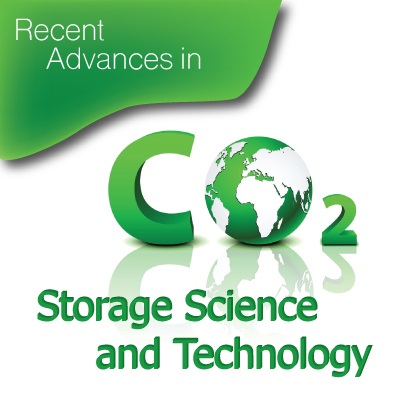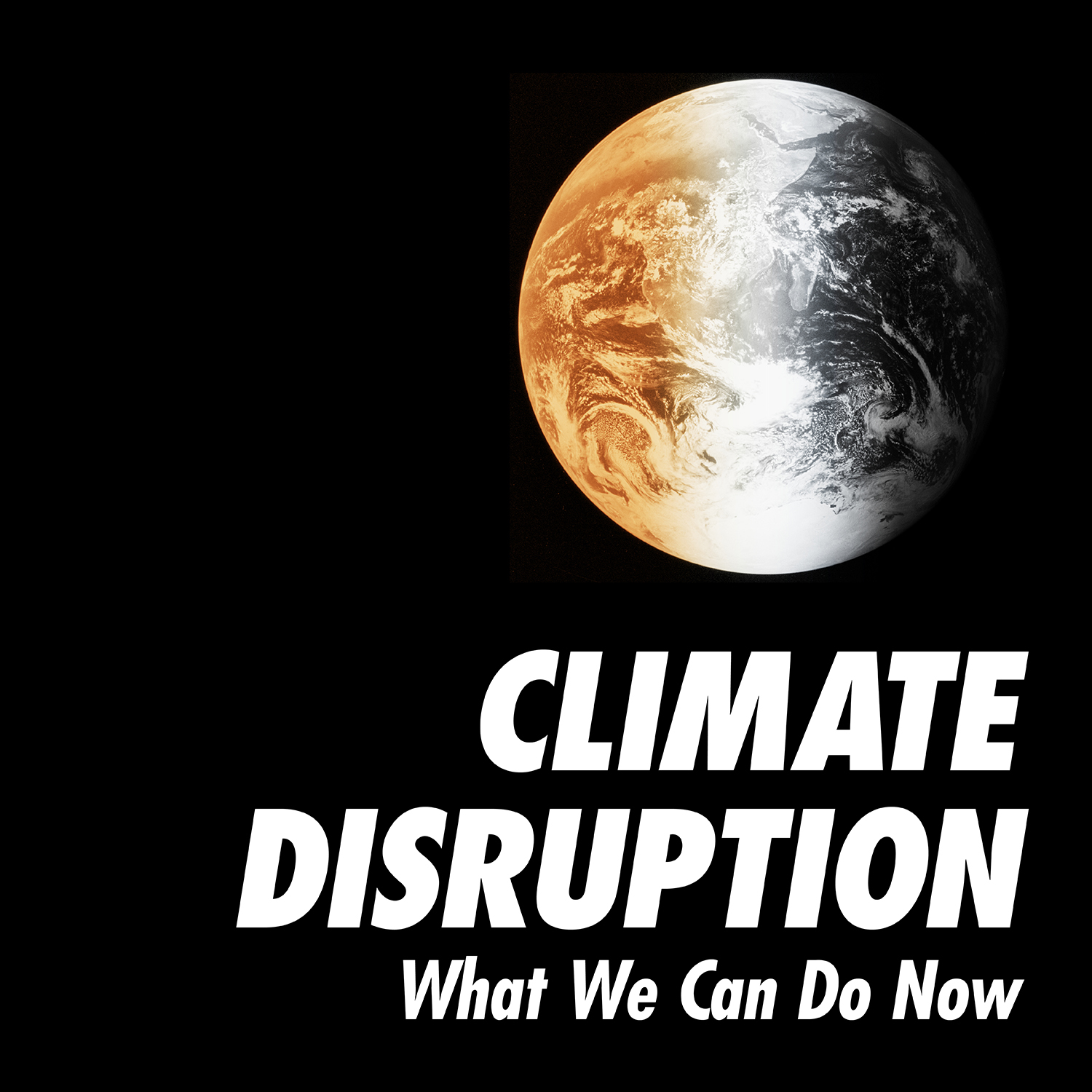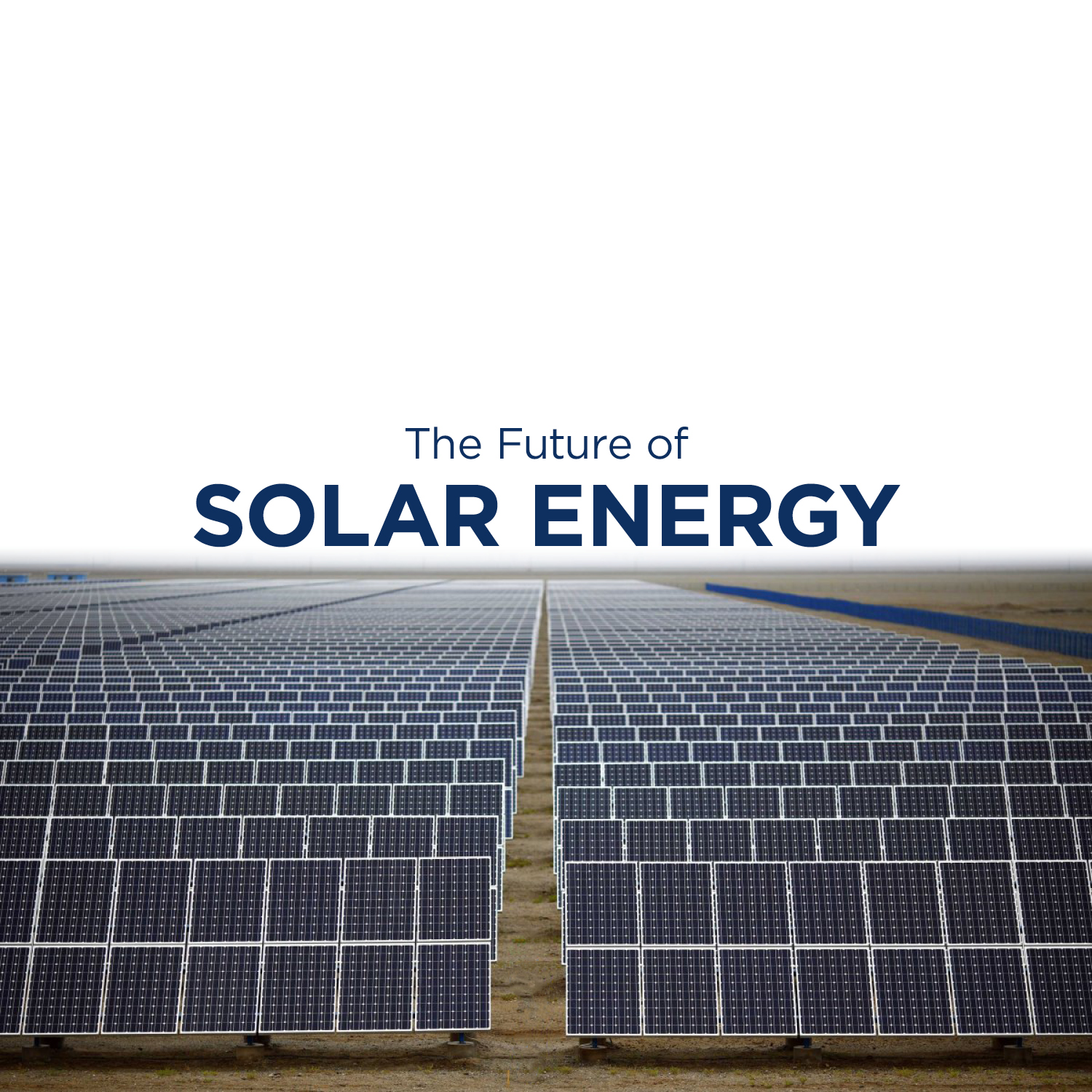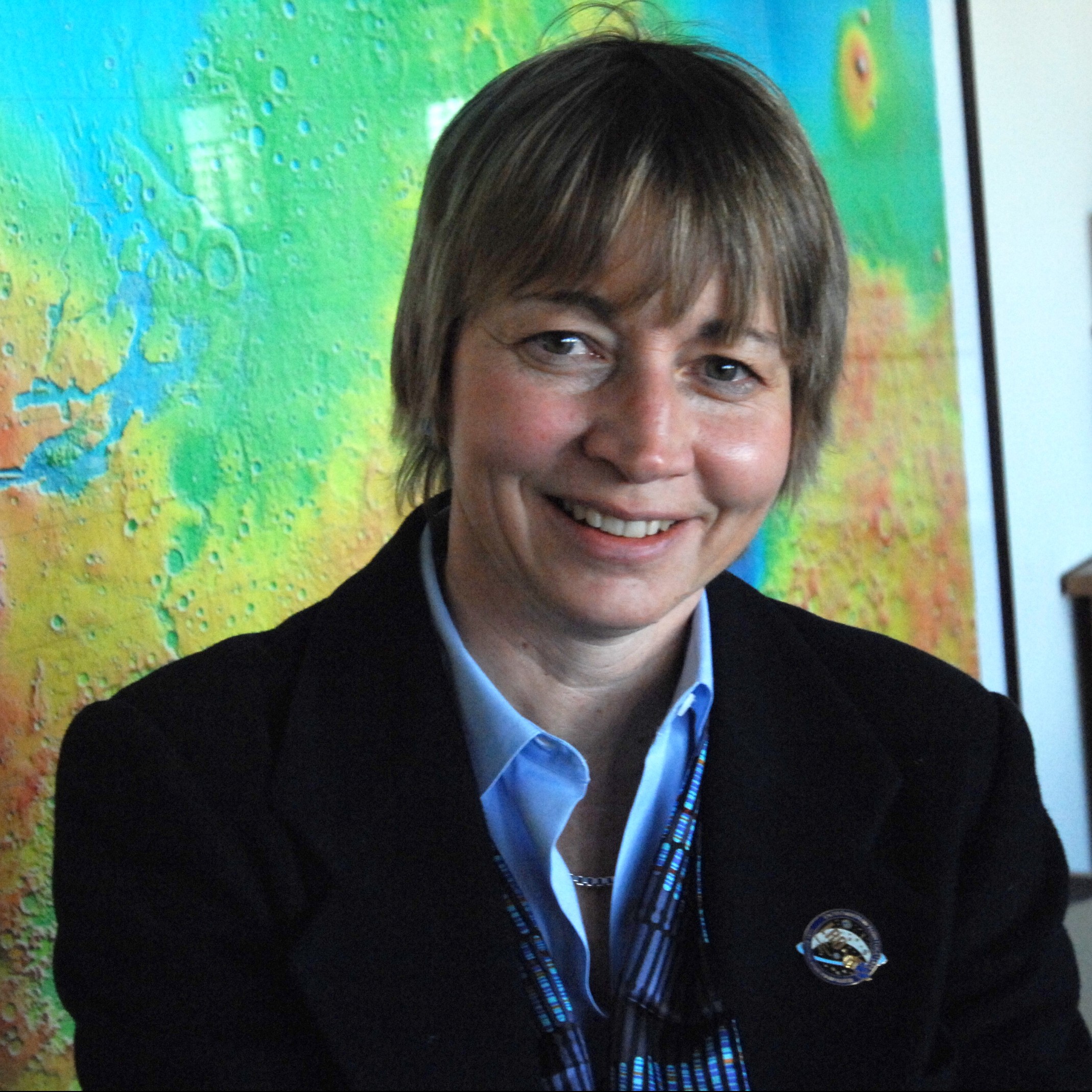
Geological storage of carbon dioxide has the potential for significant reductions in greenhouse gas emissions.
While the fundamental scientific underpinnings of CO2 storage build on a century-long exploration of the physics of multiphase flow in porous media, there are aspects that remain unexplored and warrant further investigation. Continue reading “Recent Advances in CO2 Storage Science and Technology”

The Earth has warmed by almost two degrees Fahrenheit since 1880. This seemingly small increase in global warming explains why much of the land ice on the planet is starting to melt, the oceans are rising at an accelerating pace, and weather extremes are becoming common. Climate researchers have vetted the overwhelming science-based evidence and conclude that human activities associated with the release of greenhouse gases are the primary culprit. Continue reading “Climate Disruption: What We Can Do Now”

Solar energy holds the best potential for meeting humanity’s future long-term energy needs while cutting greenhouse gas emissions—but to realize this potential will require increased emphasis on developing lower-cost technologies and more effective deployment policy. This lecture presents results of a comprehensive study on The Future of Solar Energy by the MIT Energy Initiative (MITEI), which is part of a series of multidisciplinary reports that examine the role various energy sources could play in meeting future energy demand under carbon dioxide emission constraints. Continue reading “The Future of Solar Energy”




